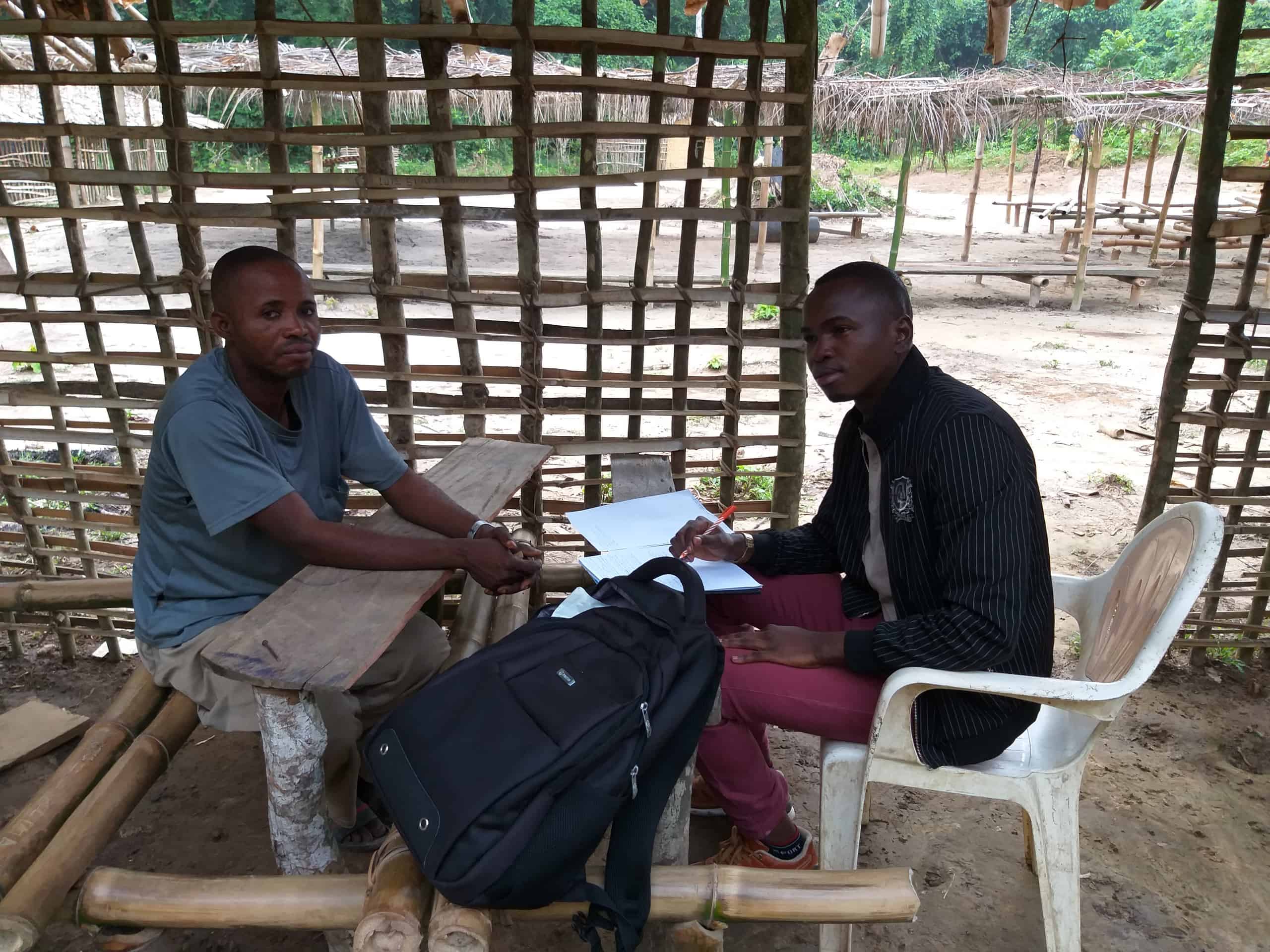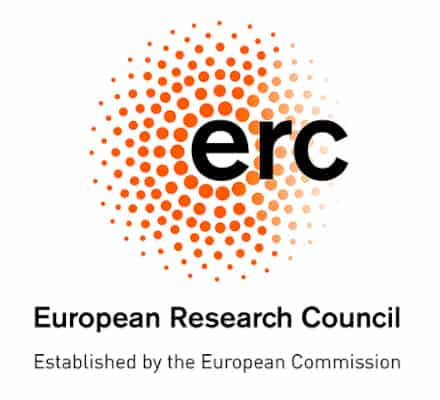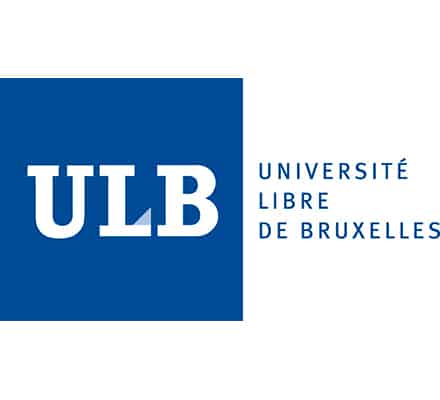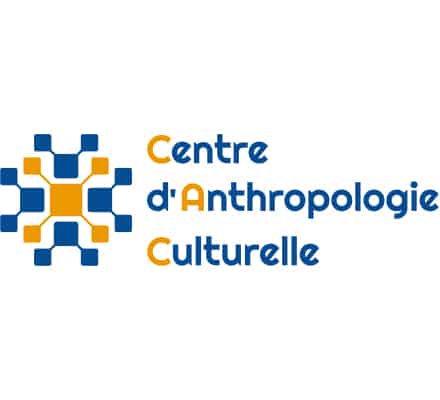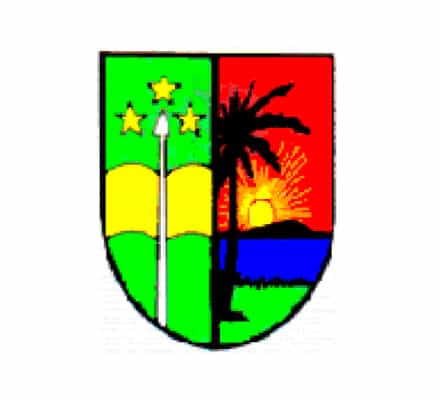In February 2020, I executed the very first linguistic fieldwork for my doctoral research, south of Kisangani, in the Tshopo Province of the Democratic Republic of the Congo. I started inquiries on seven languages, namely Mokpá, Ɛnyá, Metóko and Lengola, spoken at the riverside along a corridor that links the Territory of Ubundu to the city of Kisangani, and neighboring languages, namely Kómo, Bali and Lega. The focus of my research is on Mokpá (or Cénamokpa), an endangered language in close contact with Kómo. Indeed, marriage between different ethnic groups and the swahilisation of the region constitute major factors in the loss of the linguistic identity of the Mokpá. The language is losing ground in its fifteen villages to the benefit of Swahili. Of these fifteen Mokpá villages, there are ten where the language is hardly spoken: Batikalela PK40 (PK = “point kilométrique” of the road to Ubundu), Maboke PK51, Banyapungu PK64, Batikamondji PK67, Banyasongo PK74, Banyambutu PK75, Banyakayita PK76, Batikaboya PK78, Banyakimba II PK 87, and Banyakimba I PK90. In the remaining five villages, the language is still frequently spoken: Banyakipanga PK96, where the confluence of the river Oɓiatoku is situated, Banyamumbo PK102, Bamanga PK118, located on an island which still protects the language, Bangengela PK120 and finally, Tubundubundu PK123, situated 2 km from the center of Ubundu PK125.
We should be reminded that the current place of settlement of each speech community is but one instance of the large routes of migration which marked the Bantu expansions in the past. My research concentrates on the contact between Mokpá (the language of fishermen) and Kómo (the language of hunters), Ɛnyá, Lengola and Metóko, all riverine languages, and also includes Bali and Lega (the languages of farmers). Research questions include: where do these languages come from? By which itinerary? Does it concern languages or rather dialects? What is the vital state of Mokpá? What is the impact of the cohabitation of the mentioned languages? The first fieldwork has allowed me to make some observations on the origins of the speech communities under study, on their degree of linguistic and extralinguistic affiliation, and finally on the impact of interlinguistic contact:
The different testimonies that I collected from old wise men of the ethnic groups concerned have been analyzed and allowed us to trace the origins of the Mokpá, Ɛnyá, Metóko, and Lengola in the region of Shabunda in the Maniema Province. These ethnic groups appear to have cohabited with their brother Lega. According to oral tradition, the reason for the dispersion was the regular deaths amongst the Mokpá, Ɛnyá, and Metóko during circumcision ceremonies. The latter, followed by the Lengola, followed the river Oɓiatoku to reach its confluence with the Lualaba. Their temporary settlement near the confluence was enabled by the Kómo showing hospitality to them. The Kómo would have left their brothers Bira and Ndaka in Ituri out of greed and settled in the forest corridor that crosses the river Oɓiatoku. The Kómo then assimilated to hunter-gatherers who resembled them physically and later became the owners of this forest. They welcomed the Mokpá, Ɛnyá, Metóko, and Lengola for a long period before each found a zone adapted to their subsistence activities. However, when the cruelty of the Kómo started to manifest, especially by eating young boys of other ethnic groups, the dispersion became urgent. The Lengola went up the Lualaba and settled behind the Tubundubundu Falls at Ubundu for fishing and agriculture; the Metóko neighbored the Lengola towards the palm grove that would have seduced them; the Mokpá settled downriver from the Tubundubundu Falls until Batikalela, the fifteenth and last Mokpá village, located 40 km from the Wagenia Falls; finally, the Ɛnyá went down the river until Kisangani where they found the last falls in the hands of the Mbole who were subsequently chased by these enthusiasts of waterfalls. The story goes that the Ɛnyá were named “Bageni” there (which means ‘visitors’ in Swahili) by a Kómo girl. Having seen unknown people at the falls when she drew water, she informed her parents back home in Swahili that Tipo-Tipo had installed his men in this jungle during the Arab campaigns, saying: “…niliona bageni ku bahali” (… I saw the visitors at the river). The two terms (Baɛnyá and Bageni), even though designating the same group of people, would thus have different origins. Here, we can observe that the formal resemblances between the two terms is simply a coincidence, which today makes people believe that it is one and the same word.
On the linguistic level, when observing the collected vocabularies, the affiliation between certain languages is confirmed by words corresponding formally and semantically. Mokpá, Ɛnyá and Metóko, for instance, would have been dialects of a single language that diverged into autonomous languages. And when we link them to Lega (Mwenga), we note in Lega the absence of the consonants k, ɸ and labiovelars, which are found in Mokpá, Ɛnyá, Metóko, as in Lengola. Another observation is that the consonants p and g exist in Lega but are absent in Mokpá, Ɛnyá and Metóko. Their presence in these languages is only possible in prenasalized position or a loanword, but never in intervocalic position. If the acquisition and/or loss of certain consonants can be linked to internal linguistic changes, the adoption of labiovelars must be the outcome of linguistic contact. With respect to what preceded, we think that the adoption of labiovelars by Bantu languages was not always the result of contact with non-Bantu languages. Probably, certain Bantu languages also played the role of intermediary. Mokpá, Ɛnyá and Metóko, for instance, are not in immediate contact with non-Bantu languages. Still, they possess labiovelars, presumably because of contact with Kómo, another Bantu language.

